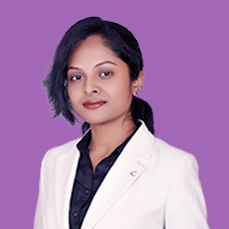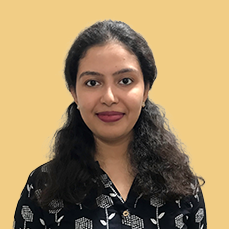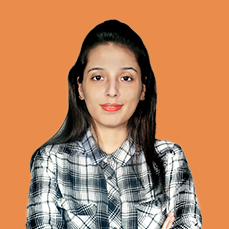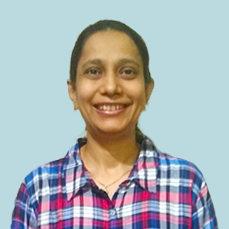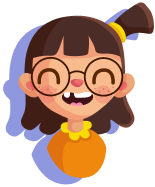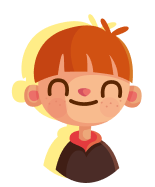- Subjects
-
Tutoring
-
HotMath Help
- Volume of a Cylinder
- Surface Area of a Cylinder
- How to Convert Ounces to Gallons
- Volume of a Cone
- Area of the Triangle
- Domain and Range
- Volume of a Sphere
- Interval Notation
- Lines, Line Segment and Rays
- Axis of Symmetry of a Parabola
- Volume of a Pyramid
- Surface Area of Pyramid
- Geometric Series
- 30-60-90 Triangles
- Distance Formula
- Sum and Difference of a Cube
- Degree to Radian Measure
- Coplanar
- Graphic Square Root Functions
- 45-45-90 Triangle
- Graphing Cosine Function
- Surface Area of a Prism
- Radian to Degree
- Mean, Median, and Mode
- Powers of 10
- Rounding Decimals
- Converse Inverse and Contrapositive
- Surface area of a cone
- Vertex of a Parabola
- Surface area of a sphere
- Decimals
- Reflections
- Fractions to Percent
- One-to-One Function
- Graphing Logarithmic Functions
- Quadrilaterals
- Absolute Value Function
- Law of Sines
- Weight Mass
- Law of Cosines
- Tangent Function
- Prime and Composite Number
- Linear Pair
- Complementary Angles
- Supplementary Angles
- Reflective, Symmetric, and Transitive Properties
- Rate of Change
- Volume of a Prism
- Completing The Square
- End behavior of Function
- Vertical Angles
- Study Tips
- Exams
- Juniorhacker
- Book Free Demo
OR
USA







































